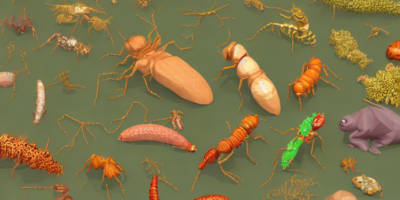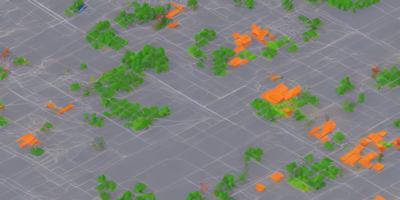Machine learning (ML) is a powerful tool for drug discovery, allowing researchers to analyze complex data sets and identify patterns that could lead to new medicines. However, working with ML can be challenging, especially for those without prior experience in the field. This article aims to demystify some of the key concepts and techniques used in ML for drug discovery, making it easier for readers to understand and apply these methods in their own work.
Features and Representations
In ML, features are the characteristics of the data that the algorithm uses to make predictions. In drug discovery, these features could be anything from the molecular structure of a compound to its chemical properties or how it interacts with certain biological systems. The choice of features is crucial for the success of an ML model, as too many or too few features can lead to poor performance.
One common challenge in drug discovery is dealing with high-dimensional data sets, where each compound has a large number of features associated with it. In such cases, it’s essential to select only the most relevant features and represent them in a way that makes sense for the ML algorithm. This process is known as feature selection or dimensionality reduction.
There are three main types of feature selection techniques: wrappers, filters, and embedded methods. Wrappers use an ML algorithm to evaluate each feature and select the best ones based on their performance. Filters, on the other hand, select features without considering the ML algorithm’s performance. Embedded methods, as the name suggests, integrate the feature selection process into the ML algorithm itself.
The choice of representation depends strongly on the selected features and the complexity of the problem. For example, in drug discovery, simple models like linear regression are often sufficient for identifying the most important features. However, more complex models like neural networks may be needed to capture non-linear relationships between features and compound properties.
Data Scaling and Transformation
Once the relevant features have been selected, the next step is to scale them to ensure that all features are on the same scale. This process is known as feature scaling or normalization, where the range of values is compressed to a standardized range. The choice of scaling technique depends on the data and the ML algorithm used, with some algorithms requiring or preferring certain types of scaling.
Data transformation is another important step in the ML workflow, particularly when dealing with high-dimensional data sets. Transformation techniques like principal component analysis (PCA) can help reduce the dimensionality of the data while preserving the most important information.
Averaging Data Over Technical and Biological Repeats
In drug discovery, data is often collected over multiple technical and biological repeats to account for variability in the measurements. Averaging these repeats helps reduce noise and error, but the trade-off between diversity, replicates, and the final number of compounds tested requires careful consideration. While averaging repeated measurements can be a best practice, individual repeats may be more suitable for certain models, especially when data errors or noise levels are used to calibrate model uncertainties.
Conclusion
Machine learning is a powerful tool for drug discovery, but working with complex ML algorithms can be challenging without proper understanding of the underlying concepts and techniques. By demystifying these concepts and providing practical examples, this article aims to make it easier for readers to apply ML in their own work. Whether you’re a seasoned researcher or just starting out, this article should provide valuable insights into how to select relevant features, scale data, transform measurements, and average repeated experiments to improve the accuracy of your ML models and accelerate drug discovery.



